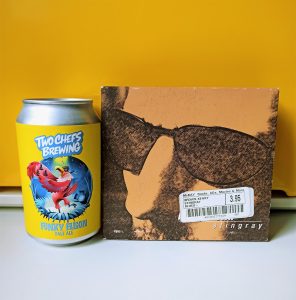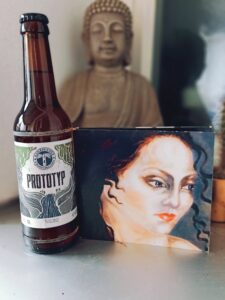Book Review:
Songs For Floyd – Blues Poems and Other Things
by Joel Poluck
Text: Vincent Abbate / Photos courtesy of Amogla Records (except where otherwise noted)
Within the musical realm we call the blues, the formulaic offerings at the top of the sales charts often disappoint us. Frequently it’s the outside-the-box artists and releases hovering on the fringes of the genre that capture our imagination.
This was most certainly true of Floyd Lee, a well-travelled singer and guitar player from Lamar, Mississippi who gained a modicum of international notoriety during the first two decades of this century, at an age when most folks retire. Lee was already 68 years old when his debut record Mean Blues made some waves upon its release in 2001. He had been bringing his blues to the subways of New York City and working as a doorman on the Upper West Side in the decades prior. Only after Lee hooked up with young Canadian musician and New York transplant Joel Poluck did the eponymous Floyd Lee & His Mean Blues Band take shape; the quartet’s classic lineup often featured veteran bass player Brad Vickers and Mississippi drum legend Sam Carr. According to Poluck, he and Lee performed close to 1000 shows during their roughly fifteen years together.

Still, the music Floyd Lee recorded in the period prior to his passing in 2020 – most of it chilling, honest and imbibed with the spirit of the masters – surely remained hidden from the vast majority of blues audiences.





